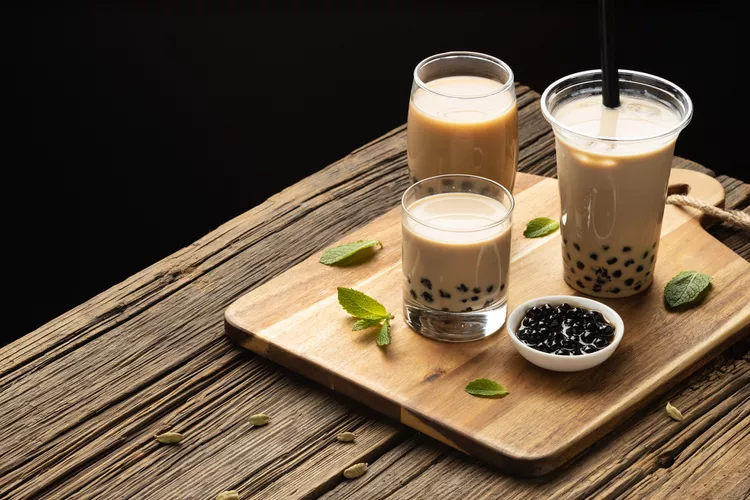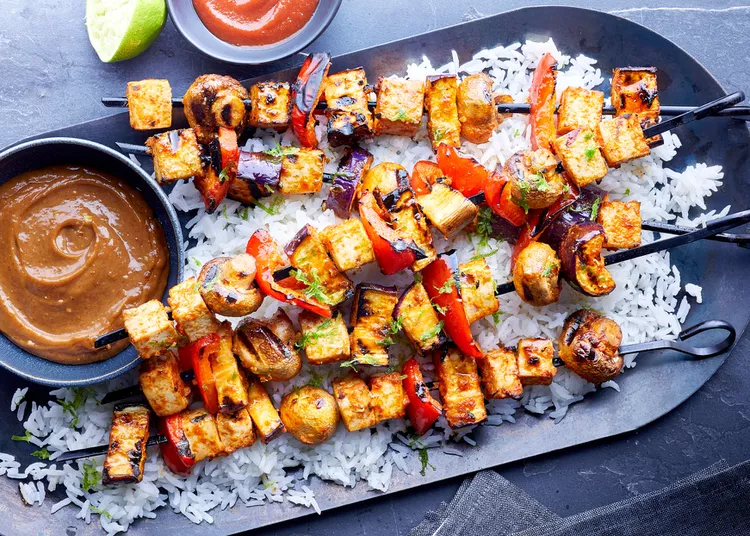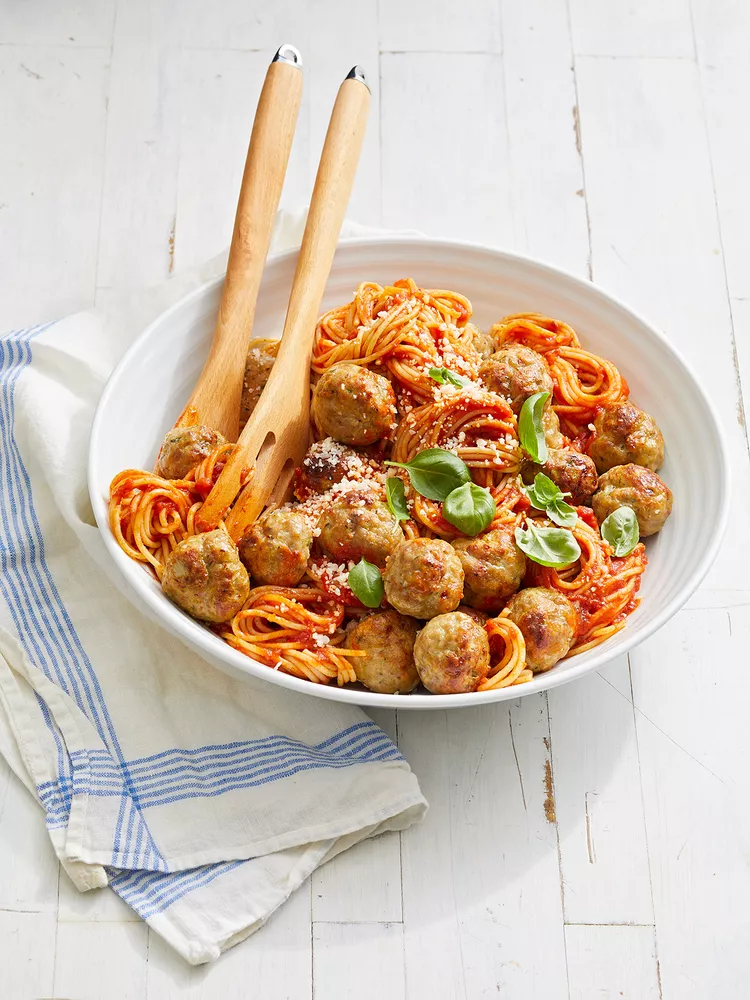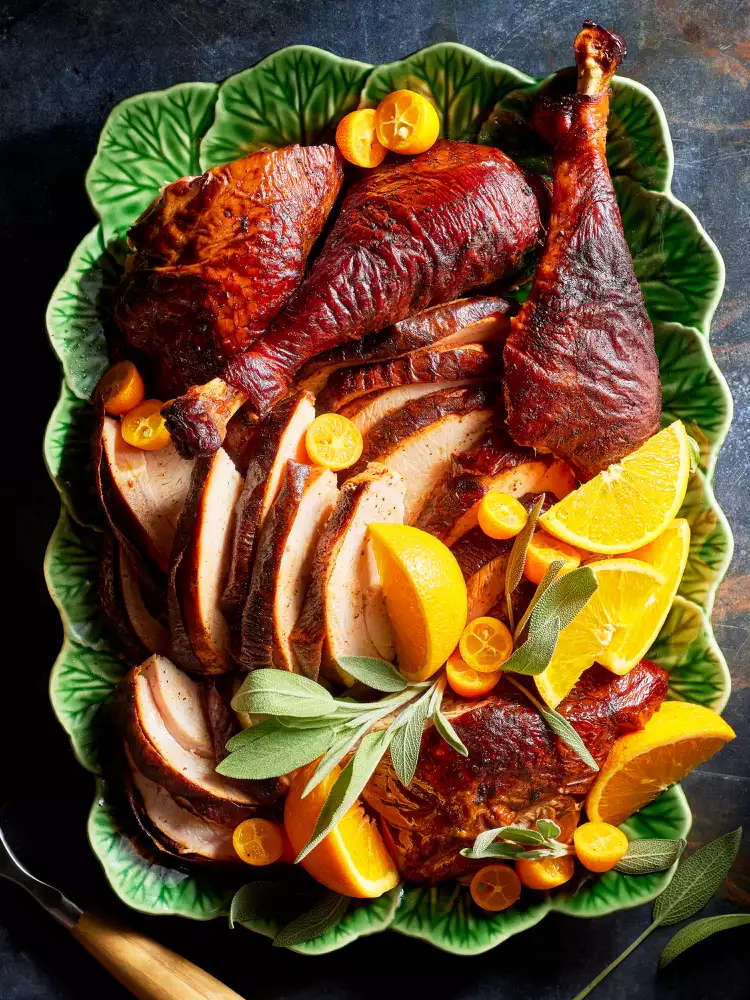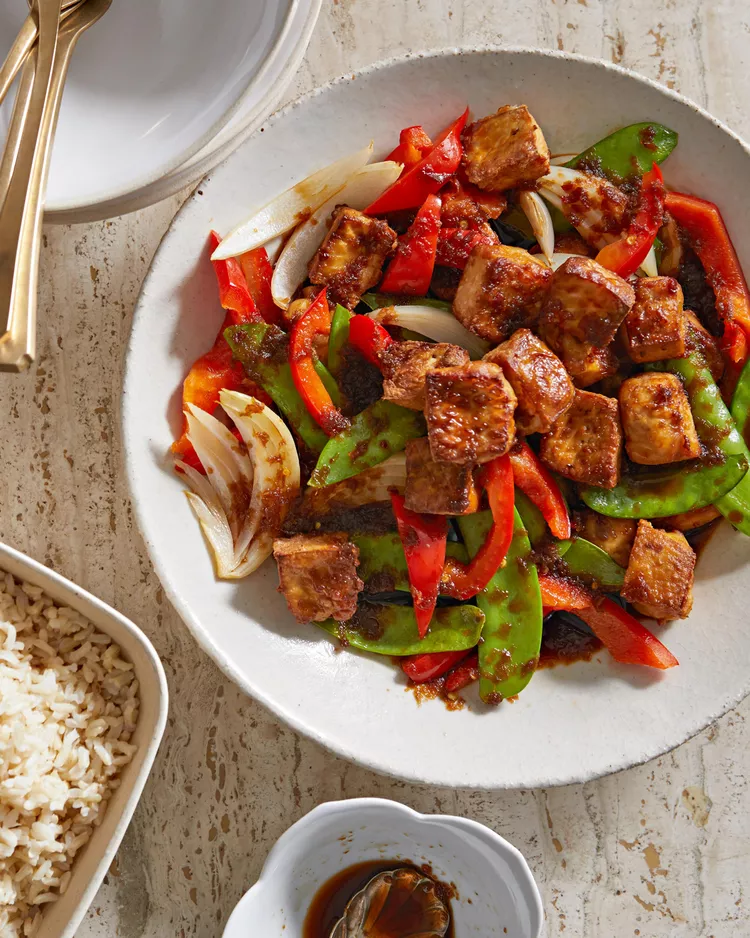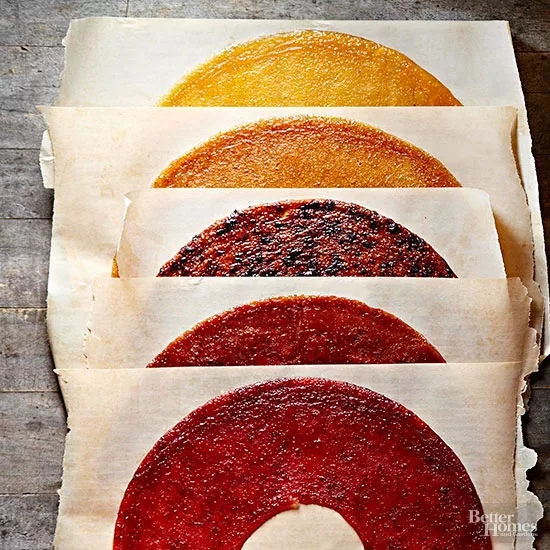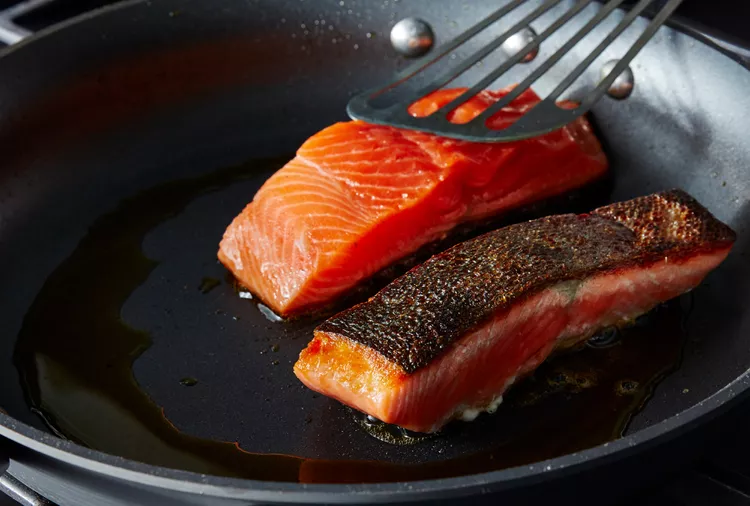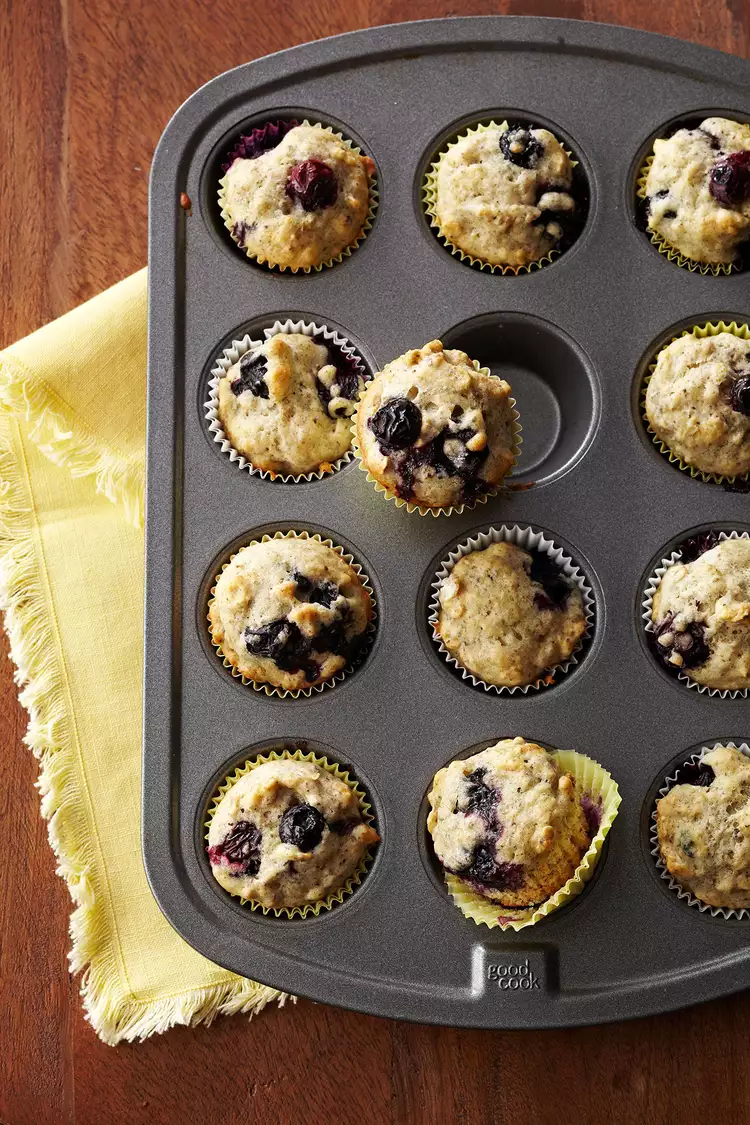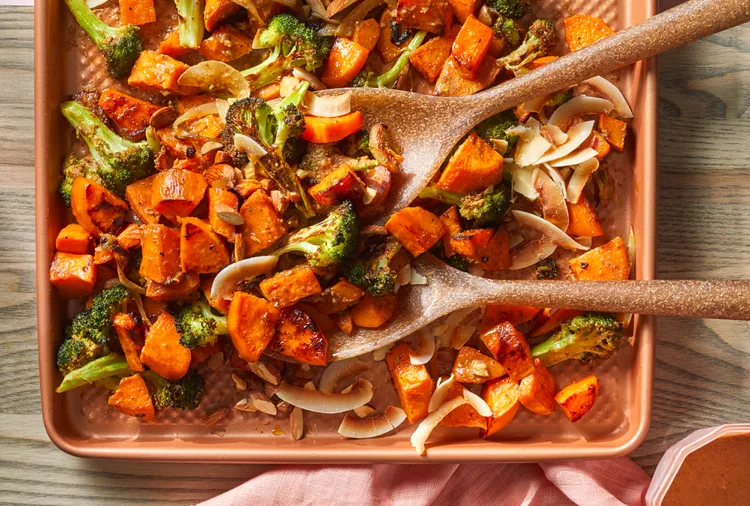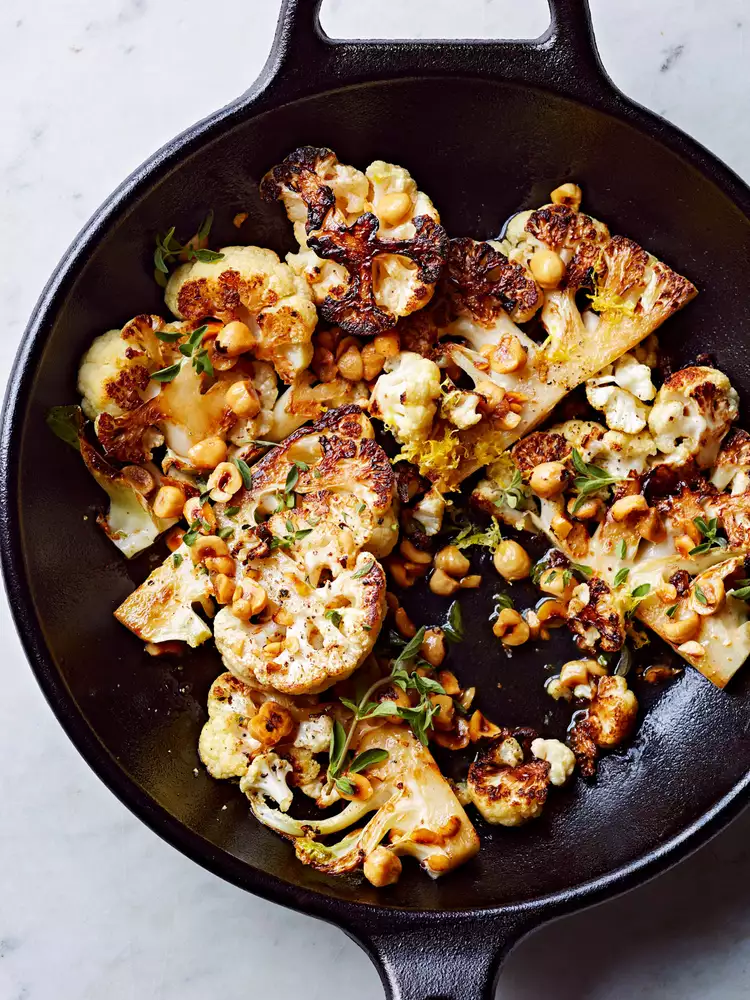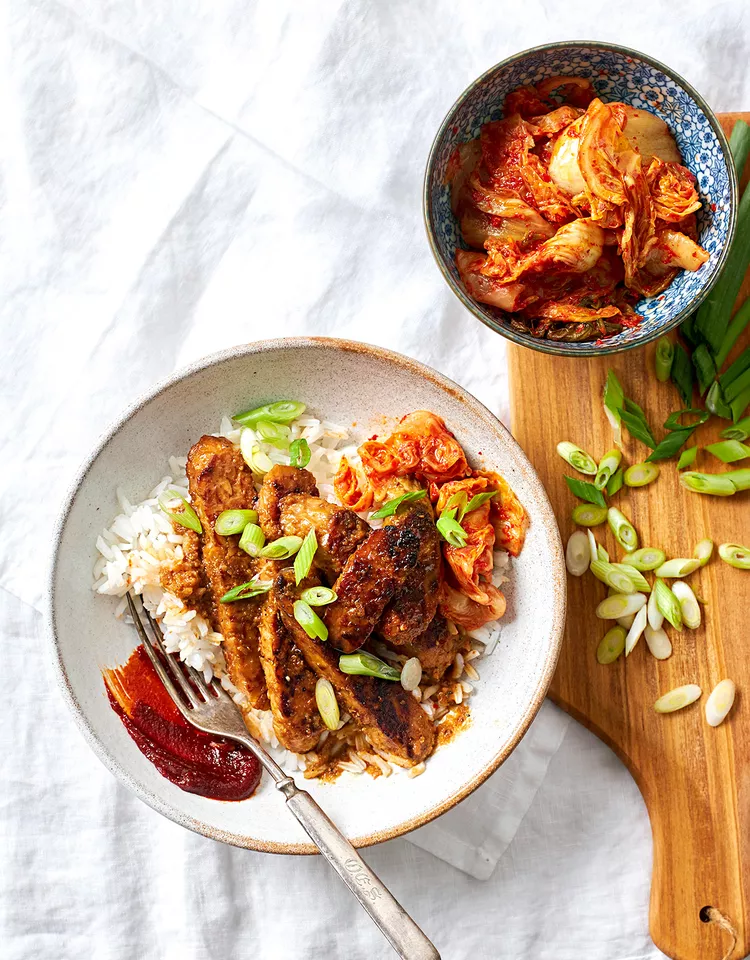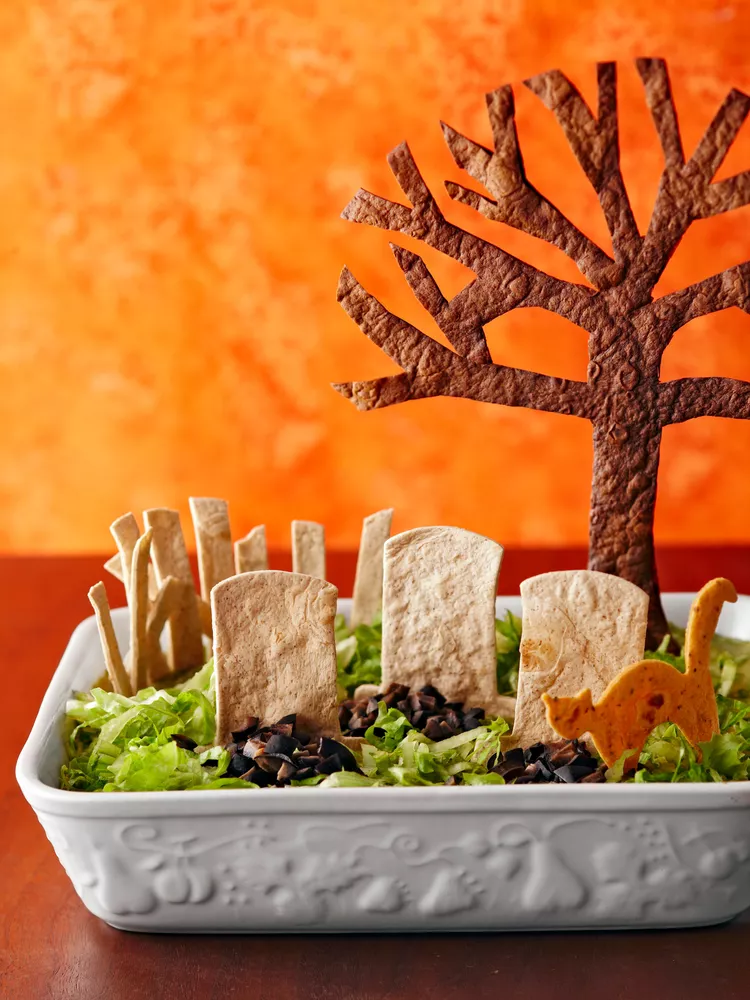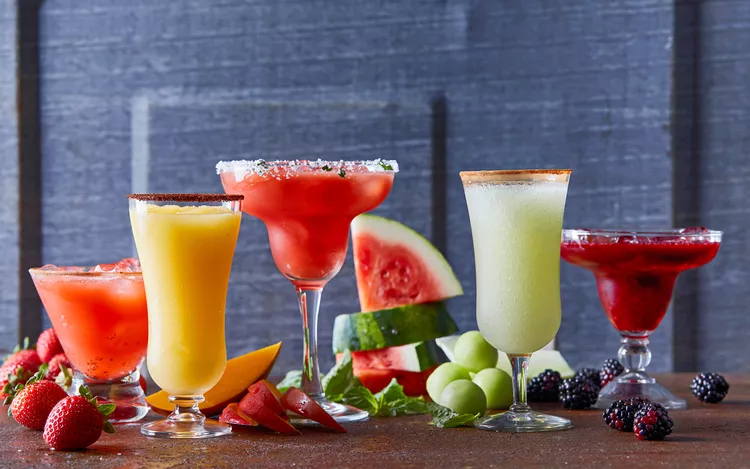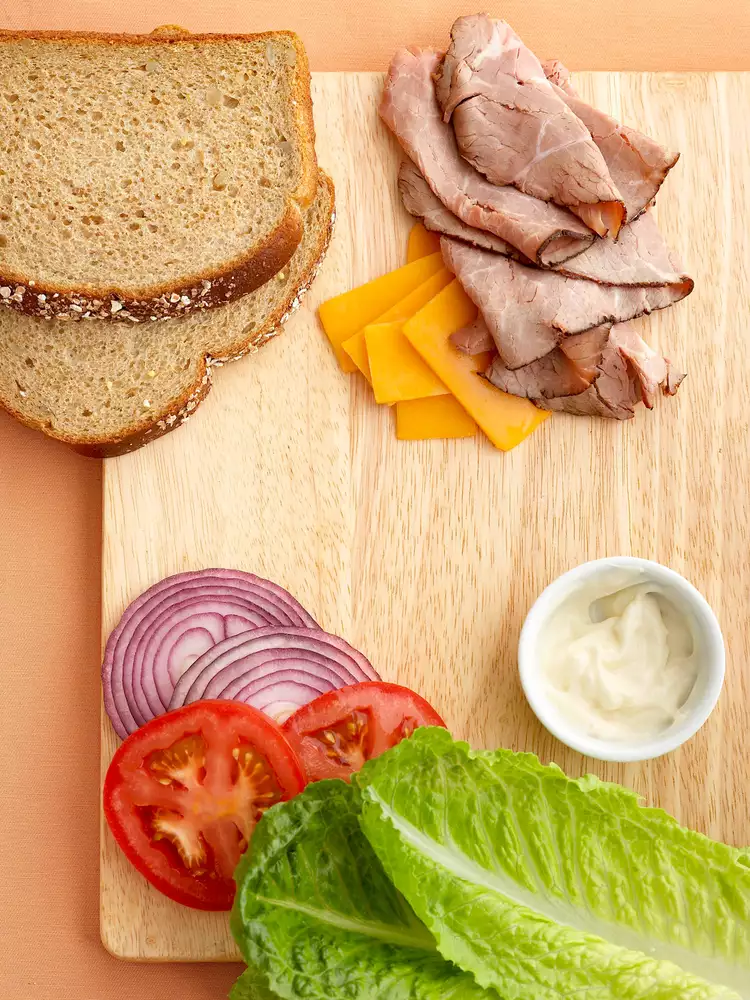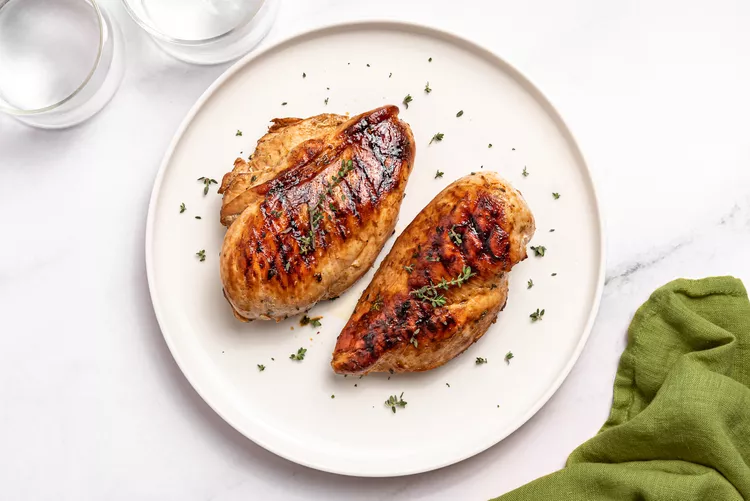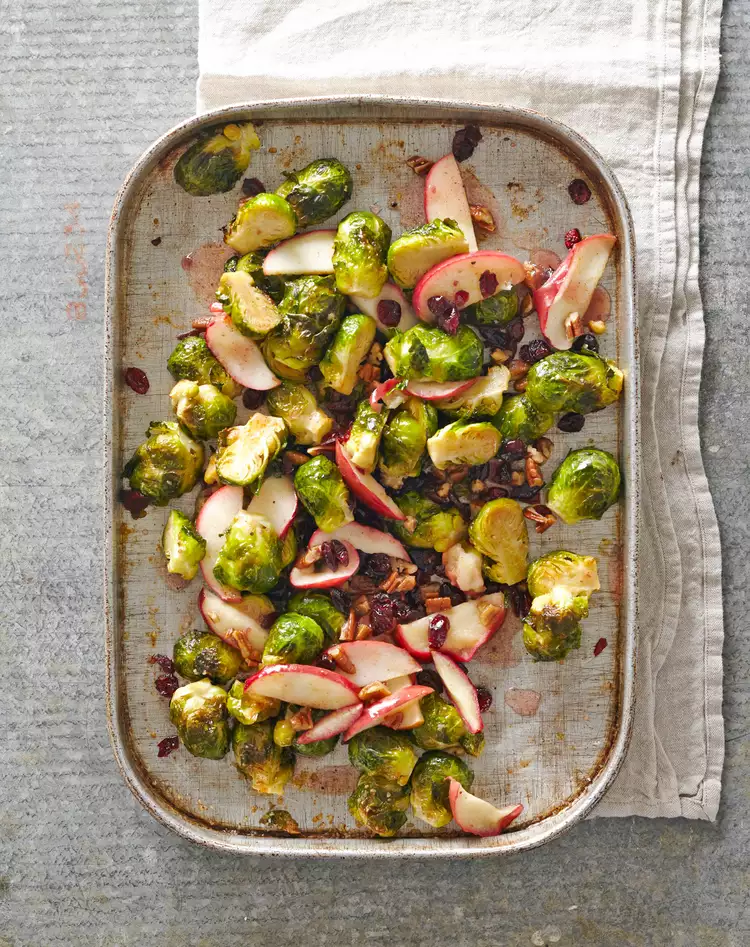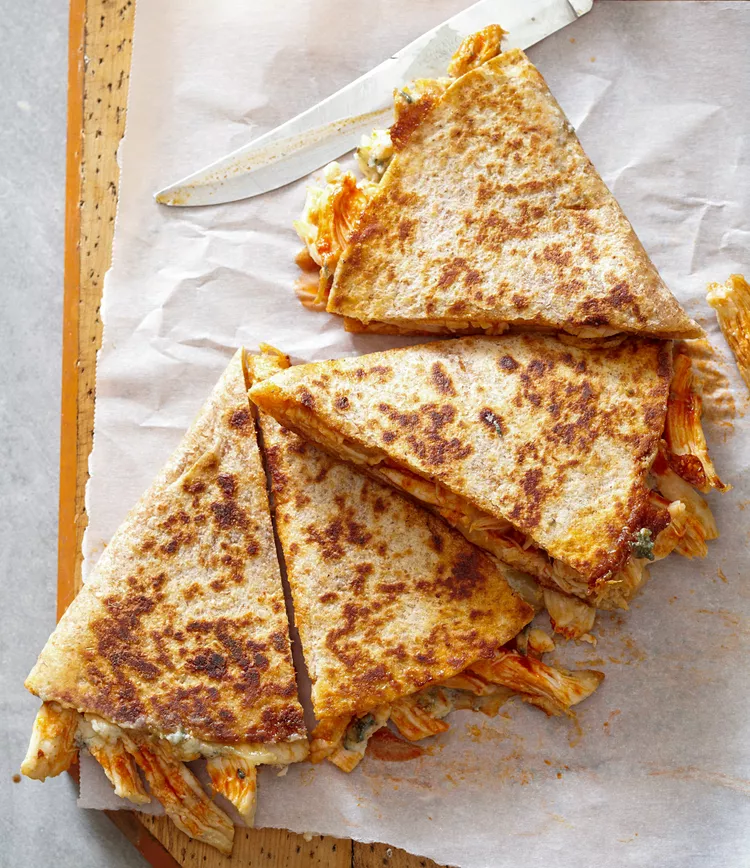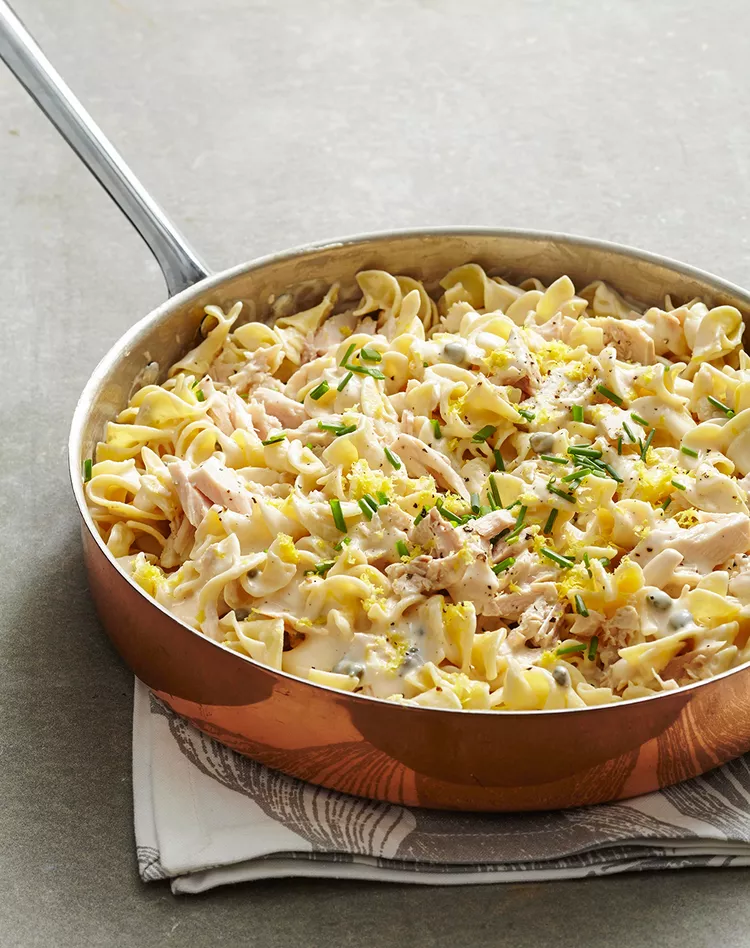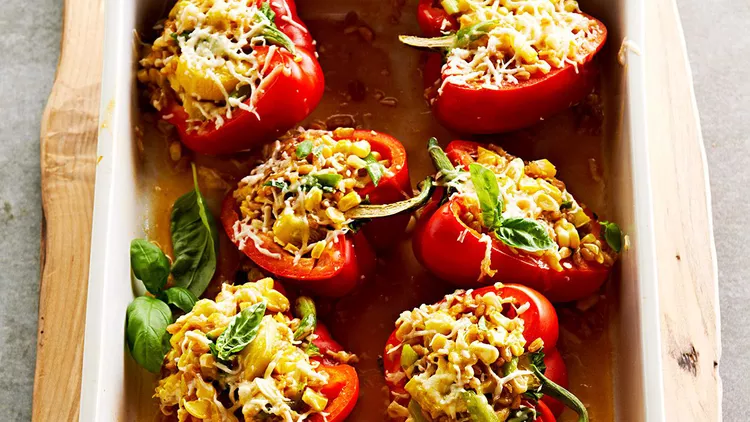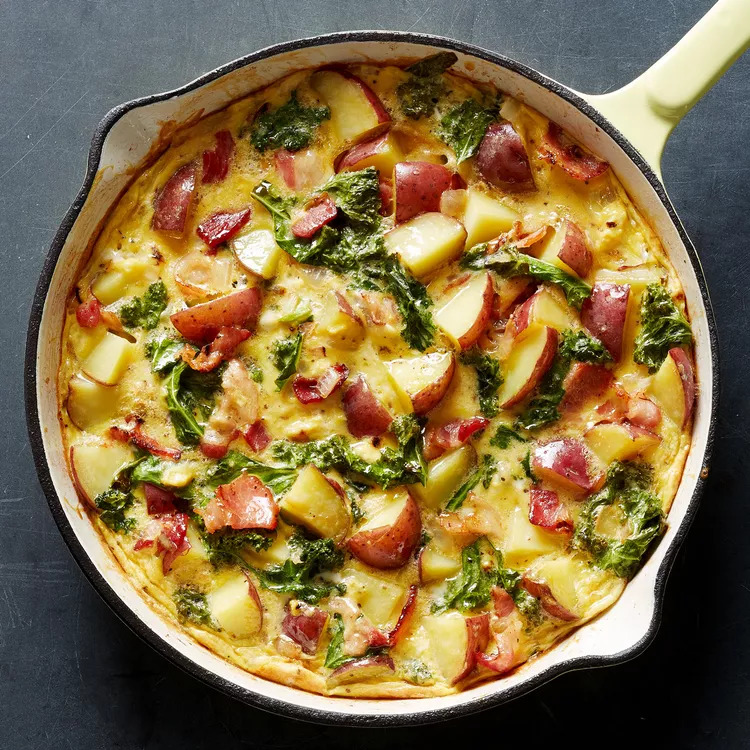Murkily invented in Taiwan in the 1980s with no concrete traces to its true origin, bubble tea is made with cooked black tapioca pearls, tea, milk, and various levels of sugar. The only requirements for it to be called a bubble tea is that it be shaken (shou yao) to mix and that it be generous with a base of perfectly spherical, chewy boba bubbles satisfyingly sucked through an oversized straw.
But like our morning specialty java brews, it can get expensive. Learn how to make boba pearls to add to homemade bubble tea, so you can watch your wallet while indulging your craving for this sweet treat.
How to Make Boba Pearls
Step 1: Pick Your Boba Pearls
Learning how to make boba pearls from scratch has a lot of benefits. When you create them yourself, you can choose the size, eliminate additives and preservatives, have more control over the texture, and add flavor. An example of all four is the boba pearls at Hanh Nguyen's July Moon Bakery & Café in Alpharetta, GA. Nguyen is known for her natural purple sweet potato boba pearls, which she says are "Deeper in color with an earthier taste and bouquet" than the usually-tasteless tapioca starch-only ones, which are made from cassava root flour. However, it's very labor-intensive on top of an already time-consuming task, so we recommend starting with store-bought, ready-to-cook tapioca pearls.
There are several kinds of boba you can buy:
- The aesthetically pleasing black ones that have become commonplace at bubble tea shops are either made with brown sugar or have food coloring added.
- Clear/white ones are tasteless and more apt to take on the flavors of your milk and tea.
- Popping boba, which releases a burst of juice in the middle when you chew it.
You can buy all of these (and reusable boba-width straws!) online through companies like Amazon and kits through Asian online retailers Umamicart and Weee! If you have an international or Asian market like H-Mart or City Farmers Market nearby, they typically carry tapioca pearls in vacuum-sealed bags.
Buying and using quick-cooking pearls may be tempting, but many boba tea aficionados advise against it. They typically don't offer as much give as the traditional ones, especially since it's easy to overcook them, which results in mushy rather than firm outer layers.
Step 2: Boil the Boba Pearls
Once you have the tapioca pearls of your choice, cooking them may take patience.
You'll want to use approximately a 5:1 ratio of water to pearls in a pot large enough to accommodate these proportions. This will help reduce stickiness, give them room to move, and provide even hydration.
- Bring a small pot of water to a gentle but steady boil.
- Drop in your desired amount of tapioca pearls and allow them to come back to a boil, stirring frequently to keep them from getting stuck at the bottom.
- Once they start floating to the top, cover the pot and lower the heat to a simmer, stirring every five minutes or so for the remaining 15 minutes of cook time.
Typically, tapioca pearls need about half an hour of active stovetop cooking: 10-20 minutes at an uncovered boil with constant stirring; then 15-20 minutes at a covered simmer with periodic stirring; then 30 minutes of rest time, off the heat but with the cover on.
"Make sure the water is at a full boil before gently dropping in the bobas. And don't be shy to taste test for the level of tenderness," Nguyen advises. Just as much as you don't want to overcook them to compromise their structural integrity, you also don't want to undercook them, "As they can be hard in the middle," she warns, ruining the experience.
Step 3: Allow to Rest
Once they reach translucency with only a white dot remaining in the center, remove them from heat, keeping the pot lid on. You'll want to allow the hot water and steam to finish cooking them through.
Step 4: Prepare a Brown Sugar Syrup Bath
In a separate pot, prepare a brown sugar syrup bath. You'll need this for sweetening the cooked tapioca pearls and for short-term storage. You can reuse it for future batches of prepared boba balls until it's fully absorbed and gone.
To make this syrup, boil equal parts water and brown sugar until it's thick enough to coat your spatula as you stir it but remains runny.
Step 5: Drain the Liquid
After around 30 minutes of steeping, strain the water from the tapioca pearls by emptying the pot into a colander. Run them under cold water to rinse, then add the boba to the prepared sugar bath. The tapioca pearls will be ready to serve with your beverage flavor of choice after at least a half hour of soaking. They won't get sweeter after this period but won't be sweet enough without it.
How to Store Cooked Boba Pearls
As mentioned in the cooking directions, you'll need to prepare a sweet liquid suspension to store your cooked tapioca pearls.
"We like to keep our bobas in a warm brown sugar water bath that's a soup broth consistency. This keeps them from sticking together, making them easier to serve. It also keeps them soft and sweet throughout the day," says Nguyen.
This is standard practice for most boba tea shops, which will keep the prepared tapioca pearls in this liquid for at least 30 minutes—to allow it to soak up the syrup's sweetness and create the beautiful liquid striations in your bubble tea—but no more than four hours, as that's when most tapioca pearls begin to break down and cease to be that "QQ" (the Taiwanese description of Boba pearls) bouncy texture.
Knowing how to make boba pearls for bubble tea at home will save you money, so you won't have to give up a favorite indulgence. You can put tapioca pearls in milk tea, Thai tea, chai tea, fruit drinks, and more to add a fun, chewy texture to any beverage.
